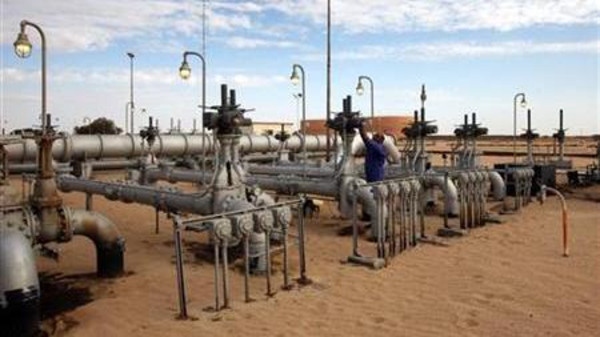Libya, home to Africa’s largest oil reserves, is struggling to increase its output from the current daily production of 432,000 barrels. Mustafa Sanallah, chairman of Libya’s National Oil Corporation, said that more than 300,000 barrels from that amount are exported. The current production level is more than 70 percent down from levels achieved before 2011 when the country was hit by the revolution that toppled Muammer Gaddafi.
Since the beginning of the conflict, Libya’s oil industry has been an epicentre of conflicting interests. The state-run National Oil Corporation has divided Libya between Islamist extremists and the internationally recognized government. Frequent attacks on the facilities in the oil sector by radicals have resulted in worker strikes and have had a very negative impact on the entire industry.
Speaking on the sidelines of an industry conference yesterday (17 June), Mr Sanallah said that Libya was planning to increase its output by 200,000 b/d in the next five weeks. This should be achieved mostly by the fixing of damaged fields and through discussions with those factions that are responsible for the blockage. The Es Sider Port, Libya’s largest and most important export terminal, has been under force majeure since December last year as a result of fighting between various rival groupings.
“The oilfield and terminal are still under maintenance. We are not lifting force majeure right now. It is still very fragile,” Mr Sanallah explained. He also added that the National Oil Company was trying hard to renew relations with factions that would enable El Sharara and El Feel oilfields to produce about 400,000 b/d again. He also hinted that the process was well underway when he noted that “dialogue is improving day after day. Hopefully [we will be able] to open the valves very soon”. Libya is trying hard to increase its production in order to gain a momentum and make the most out of the rising demand from Asia, mostly from India, Japan and China, but also from the Eurozone countries.




